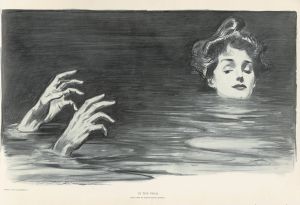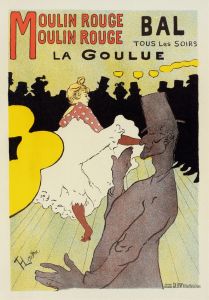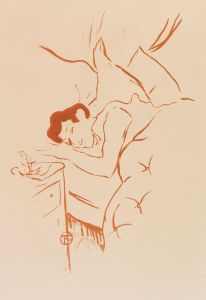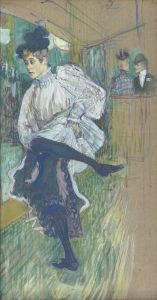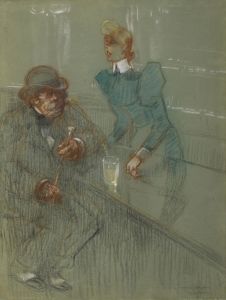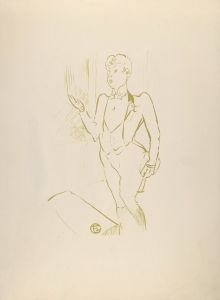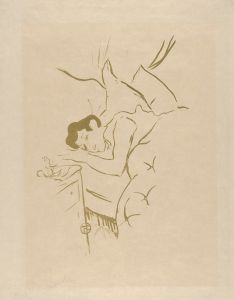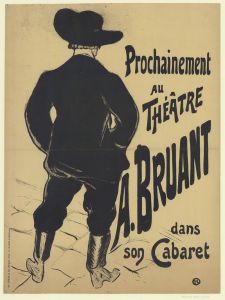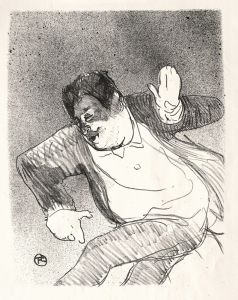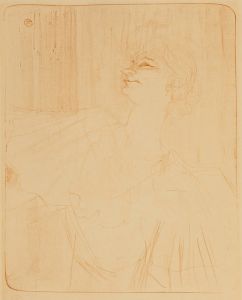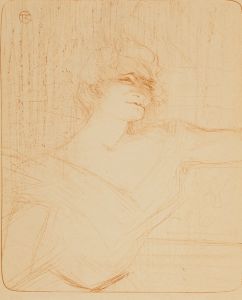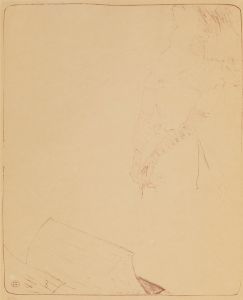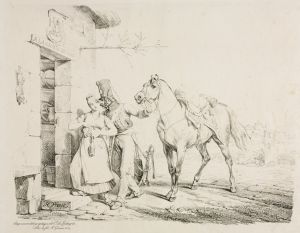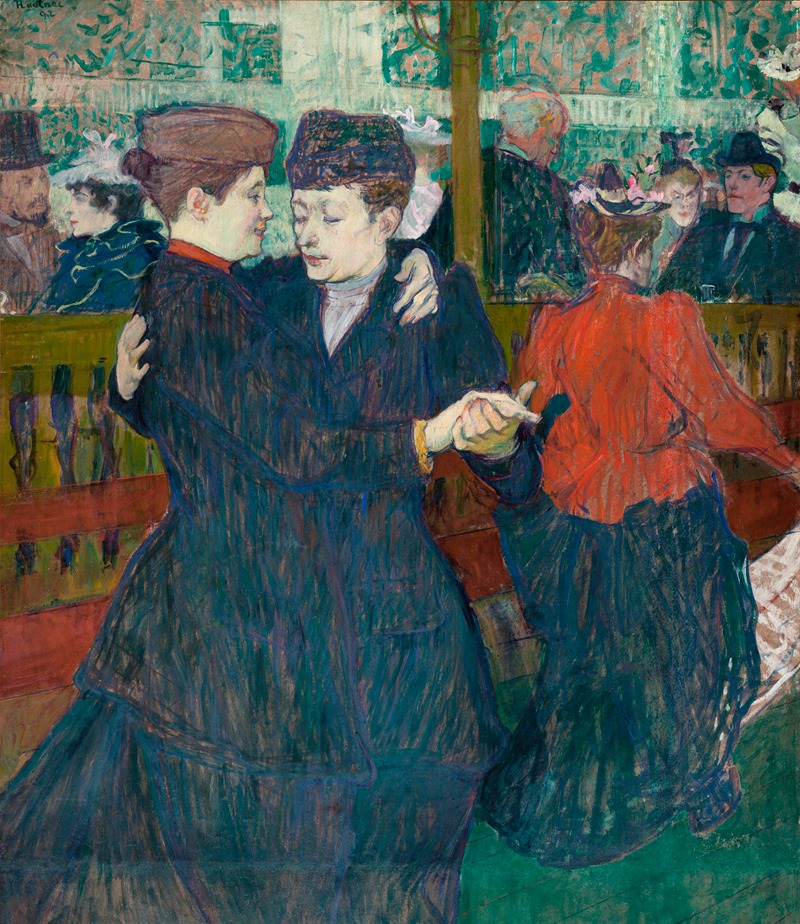
At the Moulin-Rouges, Two Women Walzing
A hand-painted replica of Henri de Toulouse-Lautrec’s masterpiece At the Moulin-Rouges, Two Women Walzing, meticulously crafted by professional artists to capture the true essence of the original. Each piece is created with museum-quality canvas and rare mineral pigments, carefully painted by experienced artists with delicate brushstrokes and rich, layered colors to perfectly recreate the texture of the original artwork. Unlike machine-printed reproductions, this hand-painted version brings the painting to life, infused with the artist’s emotions and skill in every stroke. Whether for personal collection or home decoration, it instantly elevates the artistic atmosphere of any space.
Henri de Toulouse-Lautrec, a prominent French painter and illustrator, is renowned for his vivid depictions of Parisian nightlife in the late 19th century. One of his notable works, "At the Moulin-Rouge, Two Women Waltzing," captures the vibrant and dynamic atmosphere of the famous Moulin Rouge cabaret in Paris. Painted in 1892, this artwork is a testament to Toulouse-Lautrec's keen observation and ability to portray the essence of the bohemian lifestyle that characterized the Montmartre district during this period.
The painting depicts two women engaged in a waltz, a popular dance of the time, amidst the lively setting of the Moulin Rouge. Toulouse-Lautrec's use of bold colors and dynamic composition brings the scene to life, highlighting the movement and energy of the dancers. The figures are rendered with a sense of immediacy and spontaneity, reflecting the artist's interest in capturing fleeting moments of modern life.
Toulouse-Lautrec's work is characterized by his unique style, which combines elements of Impressionism and Post-Impressionism. His use of line and color is distinctive, often emphasizing the contours and expressions of his subjects. In "At the Moulin-Rouge, Two Women Waltzing," the artist employs a palette of vibrant reds, greens, and yellows, which not only convey the lively atmosphere of the cabaret but also draw attention to the central figures of the dancers.
The Moulin Rouge, opened in 1889, quickly became a symbol of the Parisian entertainment scene, attracting a diverse clientele that included artists, writers, and the bourgeoisie. Toulouse-Lautrec was a frequent visitor to the cabaret, where he found inspiration for many of his works. His paintings and posters of the Moulin Rouge and its performers played a significant role in popularizing the venue and its unique brand of entertainment.
Toulouse-Lautrec's portrayal of the Moulin Rouge and its patrons offers a glimpse into the social dynamics and cultural milieu of fin-de-siècle Paris. His works often feature a mix of high society and the working class, reflecting the diverse social interactions that characterized the nightlife of Montmartre. Through his art, Toulouse-Lautrec captured the spirit of an era marked by rapid change and a fascination with modernity.
"At the Moulin-Rouge, Two Women Waltzing" is a prime example of Toulouse-Lautrec's ability to convey the vibrancy and excitement of the Parisian nightlife. The painting not only showcases his technical skill and artistic vision but also serves as a historical document of a time and place that continue to captivate the imagination. Today, Toulouse-Lautrec's works are celebrated for their innovative approach and enduring influence on the development of modern art.
The painting is part of a larger body of work by Toulouse-Lautrec that explores the themes of entertainment, performance, and the complexities of human interaction. His depictions of the Moulin Rouge and its patrons remain some of the most iconic images of late 19th-century Paris, offering insight into the cultural and social landscape of the time. Through his art, Toulouse-Lautrec has left an indelible mark on the history of art, capturing the essence of a vibrant and transformative period in the city's history.





